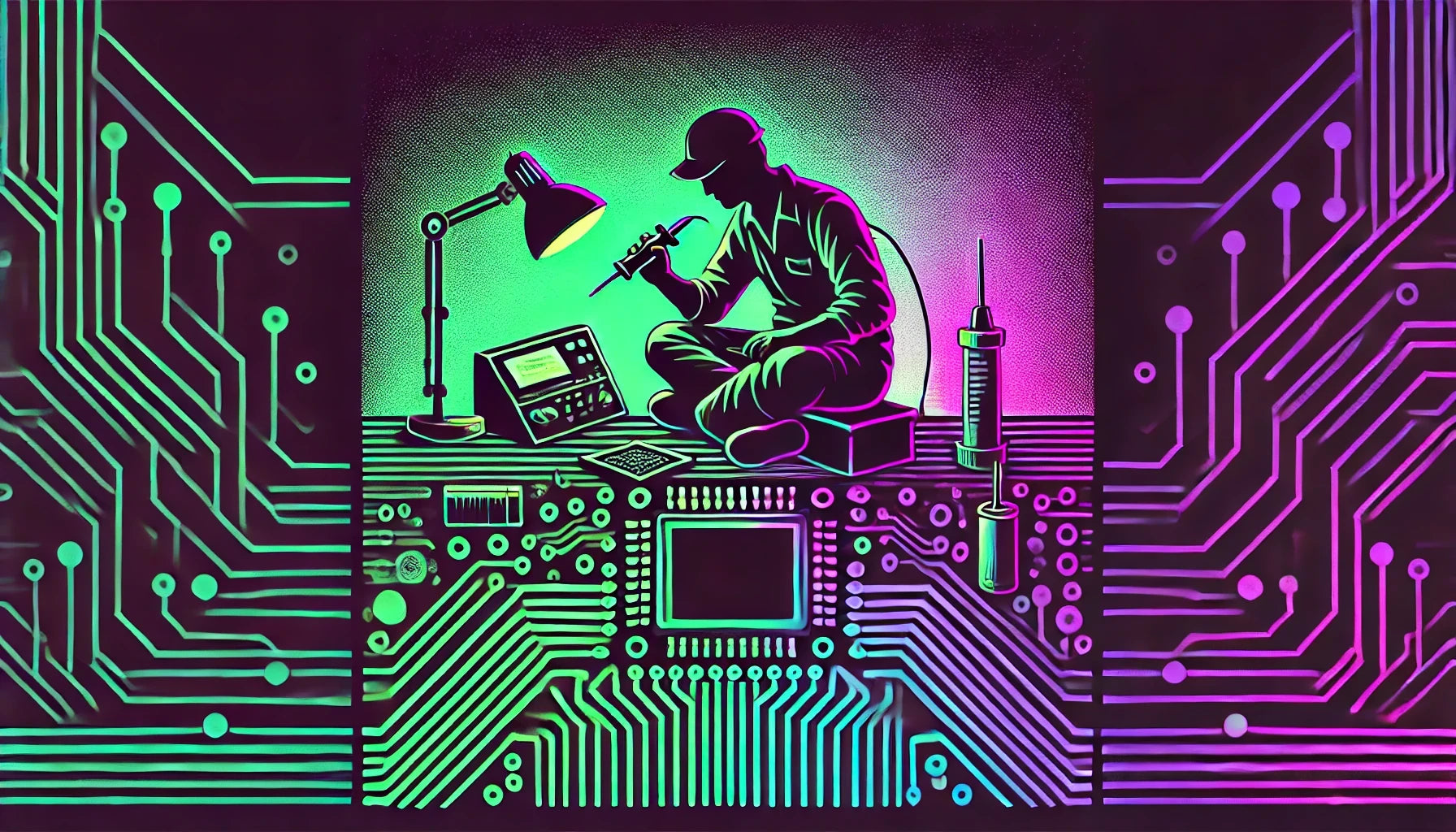Introduction to LLDB
- LLDB is the powerful debugger that's part of the LLVM project, designed to provide a robust debugging experience for a wide range of applications. Its primary aim is to improve the performance and flexibility of the symbol manipulation, process control, and expression parsing.
- It is widely used by firmware engineers and developers working on a variety of platforms for debugging purposes, providing insights into the execution flow and state of a program.
Core Features of LLDB
- **Cross-Platform Support**: LLDB supports multiple platforms, making it versatile for developers targeting different systems, including macOS, iOS, Linux, and Windows.
- **Rich Scripting Interface**: Engineers can automate debugging tasks using LLDB's Python API, allowing customization and extending its functionality to suit specific debugging needs.
- **Expressive Command Line Interface**: The command line interface allows for complex breakpoints, watchpoints, and stepping while providing detailed feedback about the program state.
- **Modular Architecture**: Built to integrate tightly with the LLVM compiler, making the debugger swift and responsive, which benefits analysis of complex applications in real time.
- **Advanced Data Formatters**: Improves the readability of complex data structures, offering intuitive ways to decipher variable values and types during debugging sessions.
Usage in Firmware Development
- LLDB is integral in firmware development for visualizing lower-level operations and hardware interactions, which are crucial when developing system-level code for microcontrollers or embedded systems.
- Its ability to simulate software behavior in different states allows firmware engineers to pre-emptively identify and resolve issues specific to hardware-software integration.
Real-World Application
- Developers utilize LLDB to isolate and fix subtle memory corruption and synchronization issues within firmware that might lead to catastrophic failures in deployed systems.
- The debugger's interaction with process state and memory makes it an indispensable tool for performance optimization, ensuring efficient use of hardware resources.
```
lldb --file
```


























